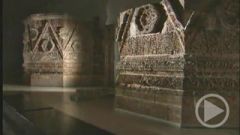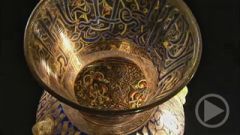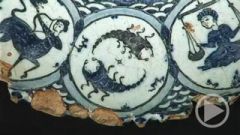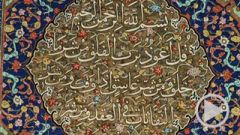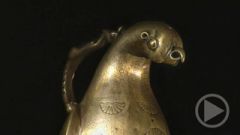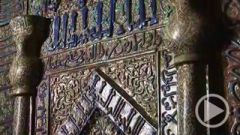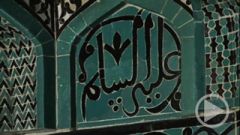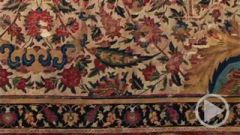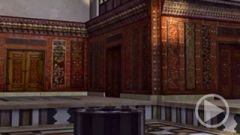- Home
- »
- Germany
- »
- Berlin
- »
- Museum Island
- »
- Pergamon Museum
- »
- The Museum of Islamic Art
- »
- The Pergamon Museum - Incense Ball
Incense Ball
Incense Ball
This incredibly magnificent incense ball celebrates one of the many princes who ruled at the end of the 13th century in the area between Syria and Iraq. The ornamental medallions portray scenes of joyful court life - musicians with drums and lutes alternate with hunting scenes with bows and arrows, or a hawk. The ruler himself sits upon a throne, wine goblet in hand, seemingly without a care in the world.
The scenes are done in silver chasing on the bronze ball. The silver is hammered into the bronze; a form of inlay work that had been perfected particularly in the area around Mossul in northern Iraq. It's likely that it was also invented there.
The incense holder comes from the era when principalities from Egypt to Syria and all the way to Mesopotamia competed mightily for cultural brilliance and economic success. This flowering of civilisation was founded on the culture of late antiquity. At the same time, translations appeared of ancient texts, illuminated in styles modelled on Byzantine examples. In other words, this was a renaissance that - long before the European renaissance - looked to ancient times for inspiration. But that inspiration was also anchored in a new spirit of joie de vivre. People hunted, they listened to music, they drank. The affluent classes enjoyed life in a truly multi-cultural world.


